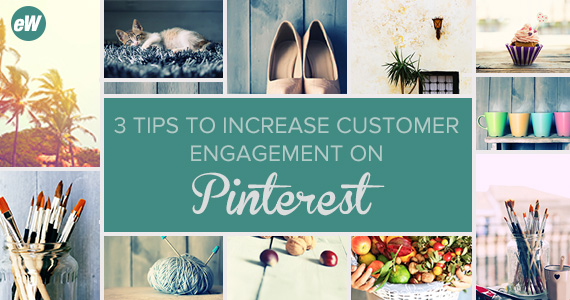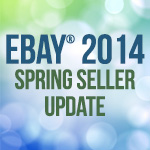 If you’ve recently planned a party, checked out fall fashion trends or looked for gluten-free pumpkin pie recipes, you may already be acquainted with Pinterest. Now, find out how and why to optimize Pinterest – the third most popular social networking site in the world, with a 145% increase in users since 2012 alone – for your e-commerce site.
If you’ve recently planned a party, checked out fall fashion trends or looked for gluten-free pumpkin pie recipes, you may already be acquainted with Pinterest. Now, find out how and why to optimize Pinterest – the third most popular social networking site in the world, with a 145% increase in users since 2012 alone – for your e-commerce site.
What is Pinterest?
Pinterest is a virtual pinboard where you can collect photos of – and links to – products, ideas, famous sayings and just about anything else online that catches your fancy. Some users like to pin for future reference, but just as many use Pinterest as a self-expression site where they can show other pinners what excites, inspires or tempts them. “Re-pinning” what others have pinned is simple, and followers can keep up with your interests in real-time.
By now, you’ve learned how to connect with prospective and established shoppers by asking them to follow you on Facebook and Twitter. By setting up a Pinterest business account, you have the opportunity for similar customer engagement and visibility, and studies have shown that shoppers are 10% more likely to follow through on a purchase via Pinterest than other social media sites.
You can start your business account by adding boards to your business account; for example, if you sell vintage toys, you could create separate boards about dolls, teddy bears, 19th century wooden toys and musical instruments. Populate your boards with photos from your store to show potential customers what you have to offer.
You’ll also want to drive brand engagement and customer loyalty by infusing your business account with other types of pins. Link to your own blog posts, news stories pertaining to your product line, articles and other sites of interest to you and your desired audience. As with other social media, don’t be afraid to share tidbits about your products and inspiration from your personal life. Remember, the more Pinterest owners get to know you, the more they will be driven to check out your e-commerce site.
Customer Engagement How-Tos
While you can certainly do a lot with your business Pinterest account with simple pins, the real beauty of Pinterest for an e-commerce site owner is that you can also leave it up to others to create the buzz for you through their own repinning. The most obvious step is to make it easier for pinners to pin your products by coding Pin It buttons onto your pictures. Much like Facebook and Twitter buttons, Pin It makes it intuitive for Pinterest users to share your content with a single click.
How else can you use Pinterest to drive up customer engagement? Here are 3 tips:
- Use Rich Pins. With just a little bit of additional code, enhanced Rich Pins include your business logo on the pin, plus provide more intuitive click-back to your website. Rich Pinned items are eligible for Pinterest’s curated feeds, which can result in greater visibility. Best of all, with Rich Pins your customers get the advantage of real-time pricing and stock availability, plus emails directly from Pinterest with news of any price reductions you implement on your products.
- Pin smarter and piggyback! Pinning can become a compulsion for many Pinterest fans, but for your business account keep it to new products and blog entries, and use images that truly showcase the attractiveness and value of your products. When you take photos, make sure they’re clear but colorful on a crisp white background, and upload them to be at least 600 pixels wide. Finally, pay attention to what’s trending on Pinterest and piggyback on popular pin cycles. If you’re seeing a lot of Christmas pins, for example, make your pin caption seasonal and urgent with copy like this: “Only 30 shopping days until Christmas! Don’t miss this chance to grab a 1934 Steiff bear in mint condition for your favorite collector.”
- Pin about lifestyle, too. Shopping has an emotional aspect, so use Pinterest to connect with your shoppers on a personal level. Let your pins trigger sentiments that lead to sales; for example, stage a photo of your vintage toys grouped under a classic Christmas tree during the holiday shopping season, or if you sell hand-knit clothing, a backdrop of freshly fallen snow shows off your work in a seasonal setting.
The Bottom Line
If you haven’t started using Pinterest yet, spend some time on the site doing searches for the types of products you sell and decide what your colleagues and competitors are doing right – and wrong. With these tips, you can pin your way to greater engagement and sales!






